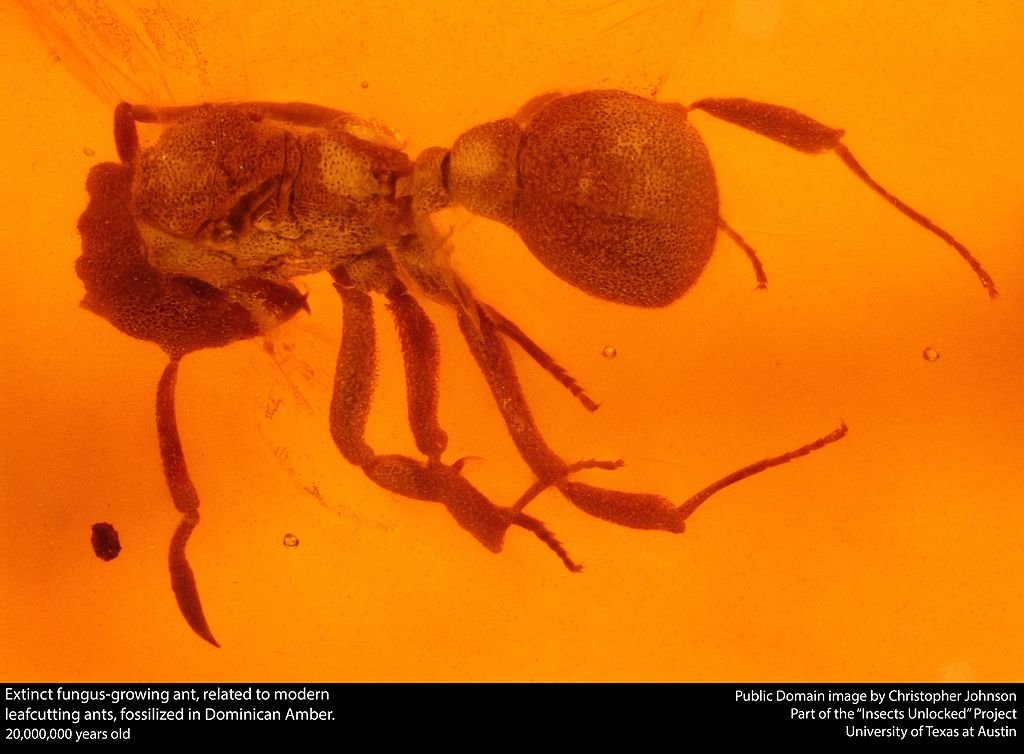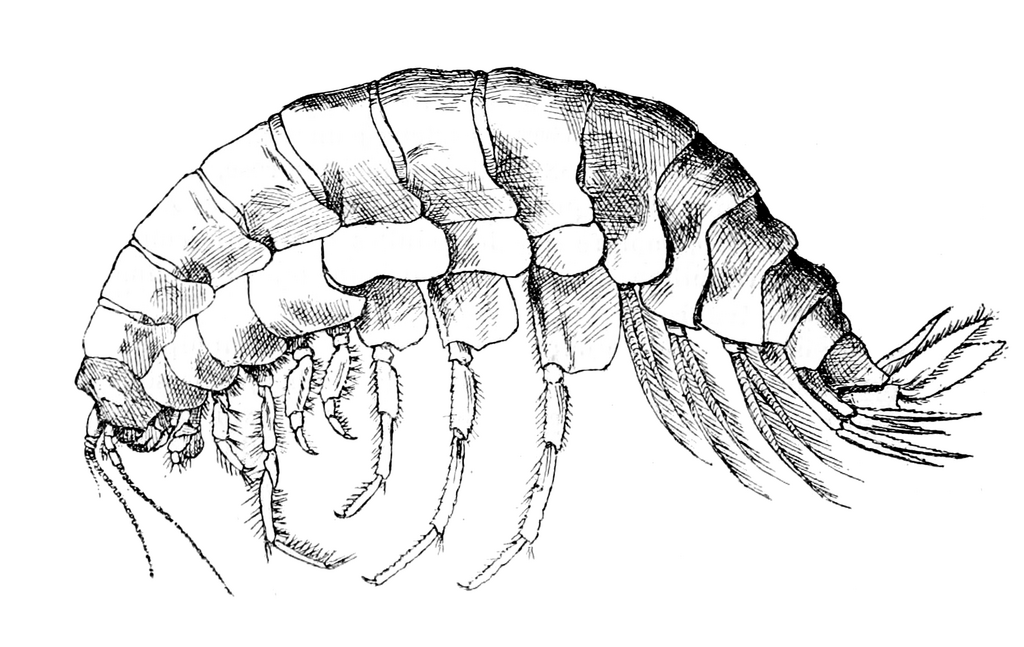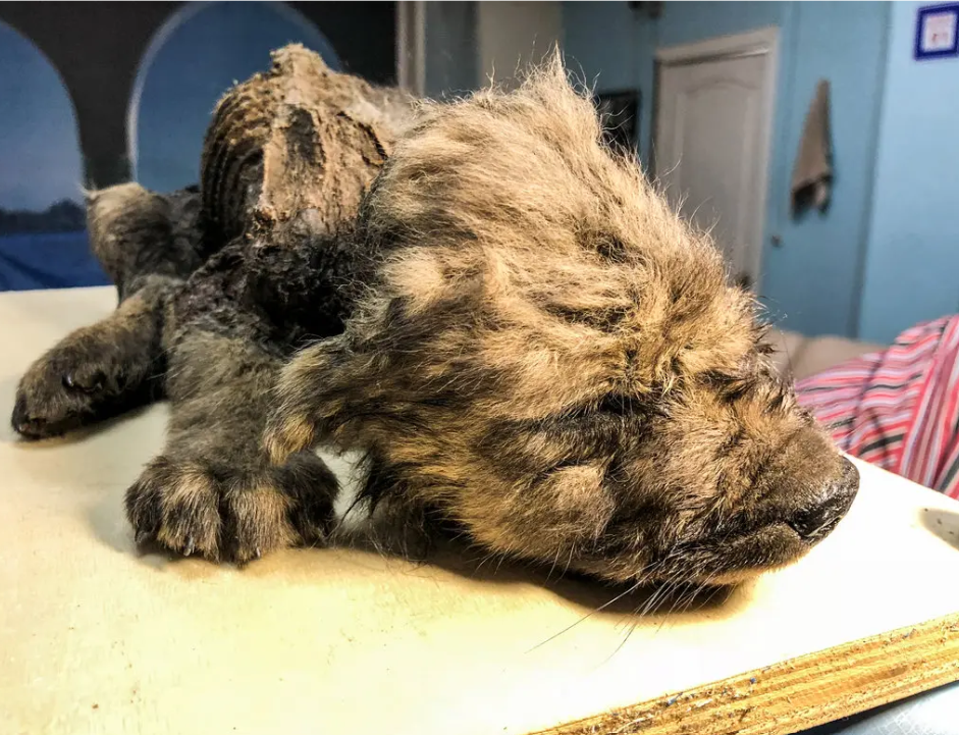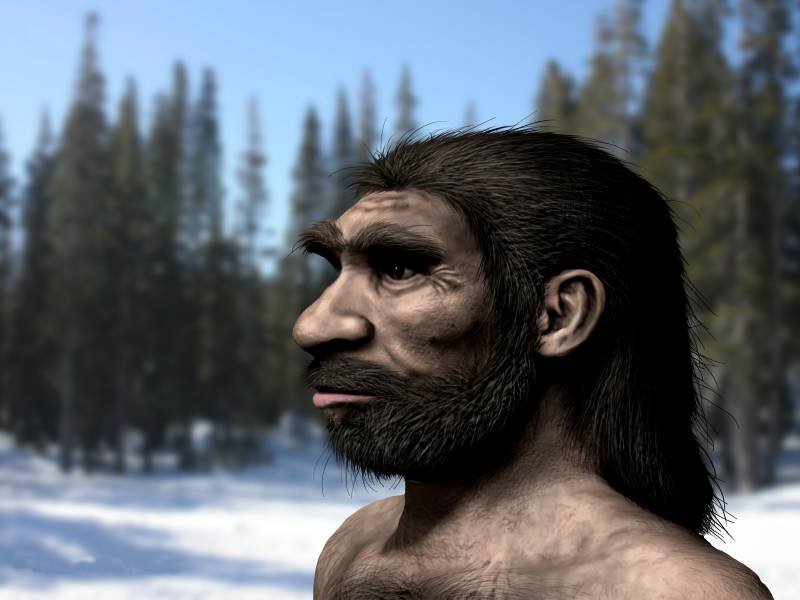Pets May Help Us Detect Disease Outbreaks Long Before Doctors
Pets play a vital role in detecting diseases before they spread widely. So, by monitoring pets, scientists can track the emergence of zoonotic diseases that might otherwise go unnoticed. Let’s explore how this approach can help prevent future outbreaks in humans! Why Pets Are Important Pets often share environments with humans, making them perfect sentinels ...













